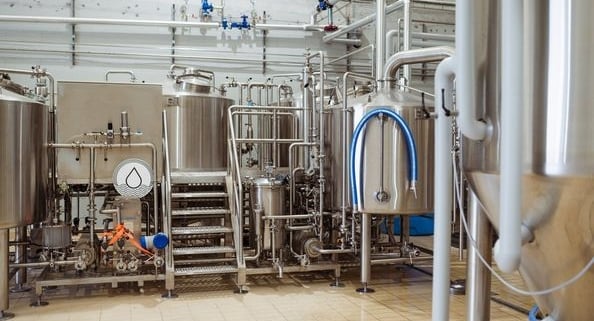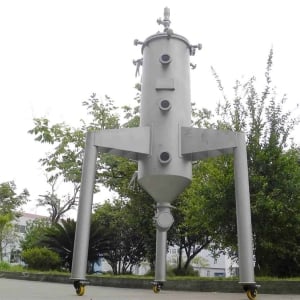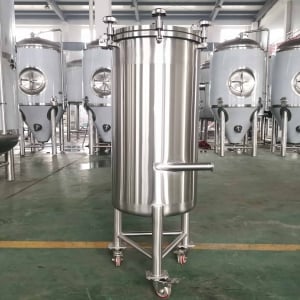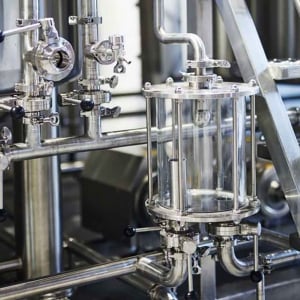Automated Brewing System
Overview of Automated Brewing Systems
Automated brewing systems have revolutionized beer brewing for both home brewers and commercial breweries, offering a precise, consistent, and highly customizable approach to crafting beer. With advancements in technology, brewing is now a more accessible and efficient process, providing brewers with greater control over various brewing stages, from mashing and fermentation to temperature regulation and even carbonation.
Automated systems are popular for their ability to automate repetitive tasks, improve consistency in brewing, and reduce the time and labor associated with traditional brewing methods. In this article, we’ll explore everything you need to know about automated brewing systems, including equipment guides, the brewing process, equipment types, supplier comparisons, and tips for maintenance and operation.
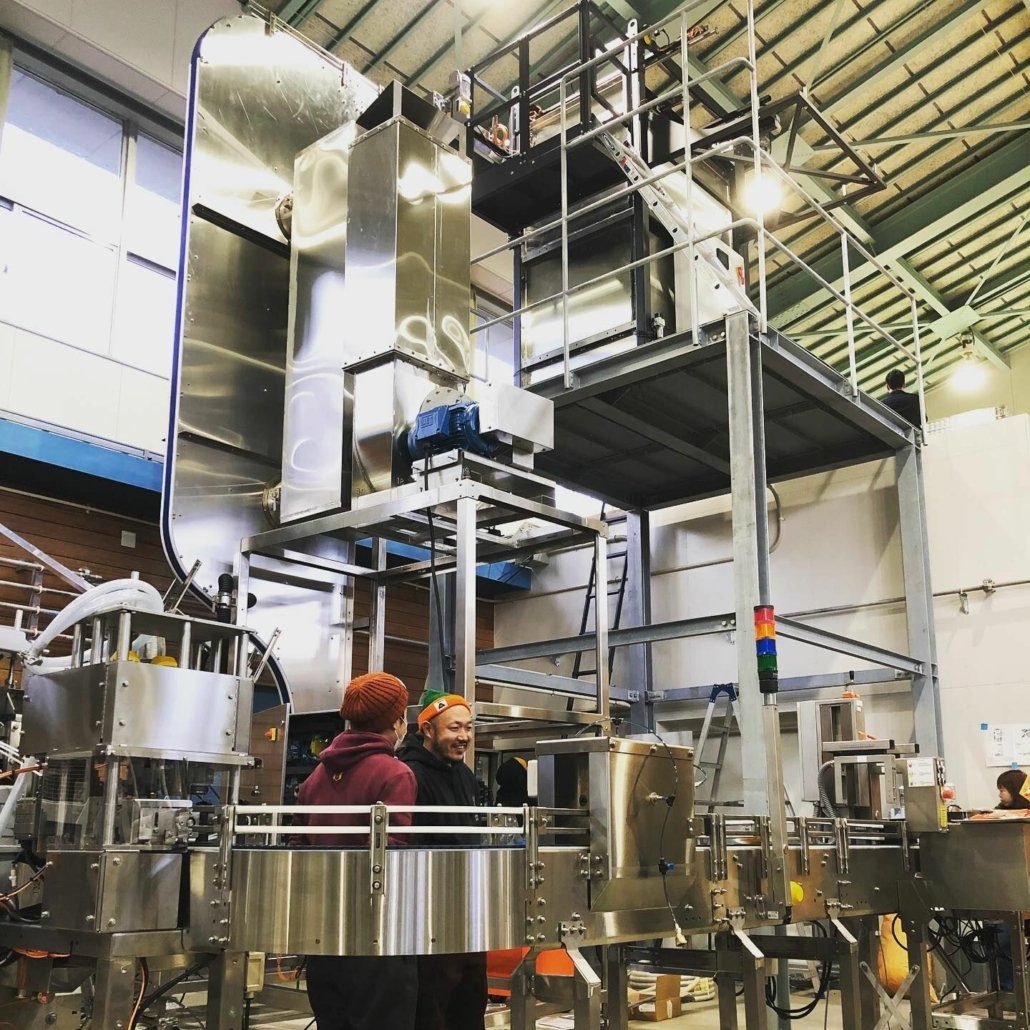
Equipment Guide for Automated Brewing Systems
When diving into the world of automated brewing, understanding the types and features of brewing equipment is essential. Whether you’re setting up a small home brewery or expanding a commercial setup, choosing the right equipment impacts quality, productivity, and scalability.
| Equipment Type | Description | Common Features |
|---|---|---|
| All-in-One Brewing Systems | Compact systems integrating mashing, boiling, and fermenting in a single device. Ideal for home brewers or small breweries. | Digital controls, built-in heating elements, and cooling systems |
| Mash Tuns | Used specifically for mashing grains, crucial in extracting sugars. | Temperature control, insulation, sparge arms |
| Fermentation Tanks | Vessels where wort is fermented to create alcohol. Available in various materials and sizes. | Temperature monitoring, pressure release valves |
| Boil Kettles | Essential for boiling wort, allowing brewers to add hops and other flavorings. | Gas or electric heating, precise temperature control |
| Kegging and Bottling Equipment | Used to store finished beer for conditioning or carbonation. | Pressure control, carbonation options |
Brewing Process with Automated Brewing Systems
The brewing process with an automated system follows the same fundamental steps as traditional brewing but with added precision, convenience, and control. Here’s a step-by-step breakdown of how the process works:
1. Mashing
In the mashing phase, the brewer adds milled grains into heated water, where enzymes break down the starches into fermentable sugars. Automated systems precisely control temperature and timing, allowing brewers to select specific profiles based on the type of beer they aim to brew. By automating this step, brewers avoid manual temperature adjustments, minimizing errors.
2. Lautering
Once mashing is complete, the wort (liquid extracted from the mash) is separated from the grain husks. Some systems come with a built-in sparging arm, spraying hot water over the grain bed to extract as much sugar as possible. Automated brewing systems often have settings that control the sparging process, improving efficiency.
3. Boiling
After lautering, the wort is boiled, which sterilizes it and allows the addition of hops for bitterness, flavor, and aroma. Boiling also helps concentrate the wort and removes unwanted compounds. In automated setups, precise boiling temperatures and times ensure consistency across batches, which is crucial for commercial brewers who aim to maintain uniformity in taste.
4. Cooling and Fermentation
Once boiled, the wort is rapidly cooled to a specific temperature before yeast is added, initiating fermentation. Advanced automated systems feature built-in chillers or recommend compatible cooling devices, expediting this process while minimizing contamination risks. During fermentation, the system regulates temperature, ensuring the yeast can thrive, leading to consistent alcohol production and flavor.
5. Conditioning and Carbonation
After fermentation, beer is conditioned to develop its full flavor profile. Automated systems may offer pressurized conditioning, which assists in achieving the desired carbonation level. The system then moves the beer into kegs or bottles, streamlining the transfer and minimizing exposure to oxygen, which can lead to oxidation and off-flavors.
Comparing System Capacity, Space Requirements, and Customization
When choosing an automated brewing system, factors like capacity, space requirements, and customization options are crucial. These elements determine the system’s suitability for various brewing setups, from home kitchens to large breweries.
| Feature | Small-Scale Systems | Commercial-Scale Systems |
|---|---|---|
| Capacity | Typically 1-5 gallons per batch | Ranges from 10-100 barrels per batch |
| Space Requirements | Compact, fits on a countertop or small table | Requires dedicated space with industrial setup |
| Design and Layout | Integrated, all-in-one units | Modular, allowing separate units for each process |
| Customization | Limited, often preset recipes | High, customizable temperature and timing controls |
Price Range and Supplier Guide for Automated Brewing Systems
Selecting a reliable supplier for your automated brewing system is as critical as choosing the right features. Prices vary based on capacity, materials, and brand reputation.
| Supplier | Price Range | Location | Special Features |
|---|---|---|---|
| Brewie | $1,500 – $3,000 | Europe | Compact, easy-to-use, pre-set brewing options |
| Grainfather | $800 – $2,000 | New Zealand | Bluetooth control, supports all-grain brewing |
| Ss Brewtech | $2,000 – $8,000 | United States | Advanced temperature control, high-quality materials |
| PicoBrew | $400 – $2,500 | United States | Ideal for beginners, compact and user-friendly |
| Blichmann Engineering | $1,000 – $5,000 | United States | Modular design, high durability and customization |
Installation, Operation, and Maintenance
Proper installation, seamless operation, and regular maintenance are essential for getting the most out of an automated brewing system. The process of setting up, operating, and maintaining these systems can differ based on the model and type of system chosen.
| Aspect | Description |
|---|---|
| Installation | Requires setup of electrical and plumbing connections. Some models offer plug-and-play features for easy setup. |
| Operation | Most systems use digital controls or smartphone apps for ease of use. Reading the manual is recommended for optimal use. |
| Maintenance | Regular cleaning and descaling prevent residue build-up. Systems often include maintenance alerts to notify users. |
How to Choose the Right Supplier for Your Automated Brewing System
Choosing the right supplier is essential for long-term satisfaction. Here are key factors to consider when evaluating suppliers:
| Factor | What to Look For |
|---|---|
| Reputation | Established suppliers with good customer reviews and reliable service histories |
| Technical Support | Supplier support for troubleshooting and guidance, especially useful for beginners |
| Customization Options | Suppliers who allow system customization based on your brewing needs |
| Warranty and Service | Warranty options covering parts and labor, ideally from 1-3 years |
Advantages and Disadvantages of Automated Brewing Systems
| Aspect | Advantages | Disadvantages |
|---|---|---|
| Ease of Use | Simplifies brewing process, requiring less manual intervention | May limit creativity for seasoned brewers |
| Consistency | Maintains consistency in taste across batches | Initial costs can be high |
| Time Efficiency | Speeds up brewing time, ideal for frequent brewing | May require ongoing software updates |
| Precision Control | Offers control over each brewing phase for ideal flavor extraction | Some models are bulky, requiring significant space |

FAQ
| Question | Answer |
|---|---|
| Can beginners use an automated brewing system? | Yes, most systems are designed to be user-friendly, with digital controls and pre-set options. |
| How much does an automated brewing system cost? | Prices range widely, from around $400 to over $10,000 depending on features and capacity. |
| What maintenance is required? | Regular cleaning, descaling, and sometimes software updates are needed for optimal performance. |
| Can I customize recipes on automated systems? | Many systems offer customizable settings for personalized brews, though this varies by model. |
| Is an automated system worth it for home brewers? | For home brewers looking for consistency and time savings, automated systems are often a worthwhile investment. |

